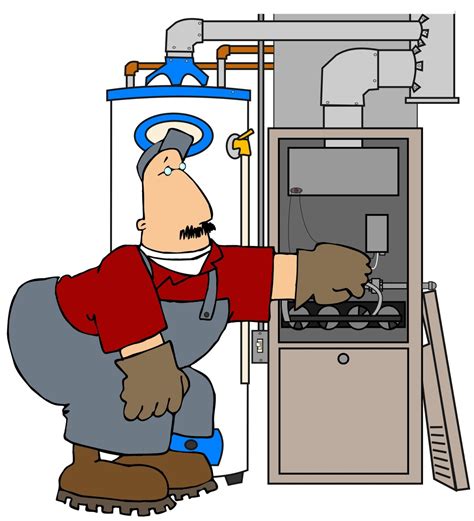Top 5 Ways to Reduce Furnace Cleaning Costs
Keeping your furnace in top shape is crucial for your home's comfort and safety, but annual cleaning costs can add up. This article explores five effective strategies to significantly reduce those expenses without compromising the essential maintenance your heating system needs. We'll delve into practical tips and preventative measures that will keep your furnace running efficiently and your wallet happy.
1. Regular Maintenance Prevents Major Problems (and Costs)
This might seem obvious, but regular furnace maintenance is the single most effective way to reduce long-term cleaning costs. Think of it like preventative car maintenance – regular oil changes and tune-ups prevent costly engine repairs down the line. Similarly, annual professional furnace inspections and cleaning identify small issues before they escalate into major, expensive breakdowns requiring extensive cleaning or repairs. Catching problems early means less intensive (and therefore less costly) cleaning later.
2. DIY Cleaning: Tackle Simple Tasks Yourself
While professional cleaning is essential for thorough internal components, you can save money by handling some simpler cleaning tasks yourself. This includes:
- Cleaning the exterior: Vacuum dust and debris from around the furnace, paying special attention to the vents. A damp cloth can wipe away any visible dirt or grime on the exterior casing.
- Changing the air filter: This is arguably the most important DIY task. A clogged filter restricts airflow, forcing your furnace to work harder, leading to increased energy consumption and potentially damaging components that require more extensive (and expensive) cleaning. Changing your filter every 1-3 months (depending on your filter type and usage), will keep your system running efficiently.
What about cleaning the burner or heat exchanger?
Warning: Do not attempt to clean the burner or heat exchanger yourself unless you are a qualified HVAC technician. These components are complex and accessing them improperly could lead to serious injury or damage to your furnace, increasing repair costs significantly.
3. Shop Around for Furnace Cleaning Services
Just like any other service, furnace cleaning prices vary significantly between companies. Getting multiple quotes from reputable HVAC contractors in your area is crucial. Don't solely focus on the lowest price; consider factors like experience, licensing, and customer reviews before making a decision. A slightly higher price might be justified if the company offers a more comprehensive service and utilizes advanced cleaning techniques.
4. Negotiate Prices and Explore Package Deals
Don't hesitate to negotiate prices with HVAC contractors. Many are willing to offer discounts, especially for repeat customers or those who commit to annual maintenance contracts. Inquire about package deals that combine furnace cleaning with other essential services like inspections or tune-ups. These packages frequently offer cost savings compared to purchasing services individually.
5. Preventative Measures to Minimize Cleaning Needs
Beyond regular maintenance, adopting certain practices can significantly reduce the frequency and intensity of required cleaning. This includes:
- Regular vacuuming and dusting: Keeping your home clean minimizes the amount of dust and debris circulating in your air, reducing the build-up inside your furnace.
- Addressing pest infestations promptly: Rodents and insects can cause significant damage to your furnace, necessitating expensive cleaning and repairs. Address any pest problems quickly and effectively.
- Proper ventilation: Ensure your home is well-ventilated to prevent moisture build-up, which can lead to mold and mildew growth, complicating furnace cleaning.
By following these five strategies, you can effectively reduce your furnace cleaning costs while ensuring your heating system remains in optimal condition. Remember, preventative maintenance is key, and smart shopping can make a big difference.

